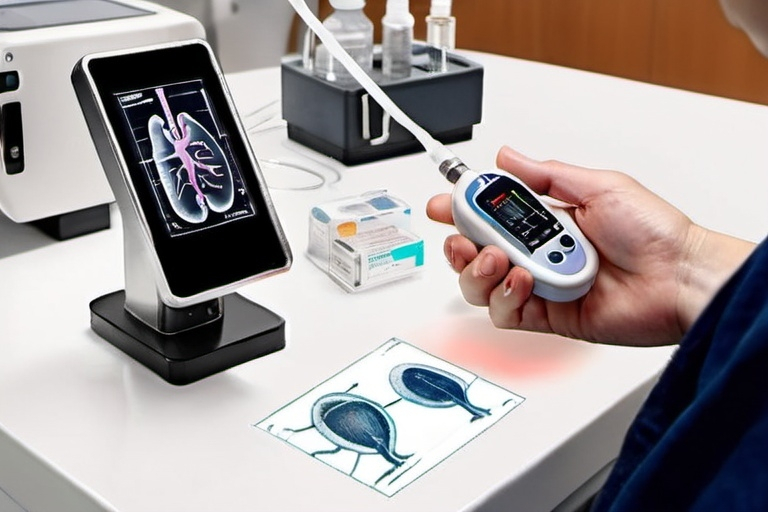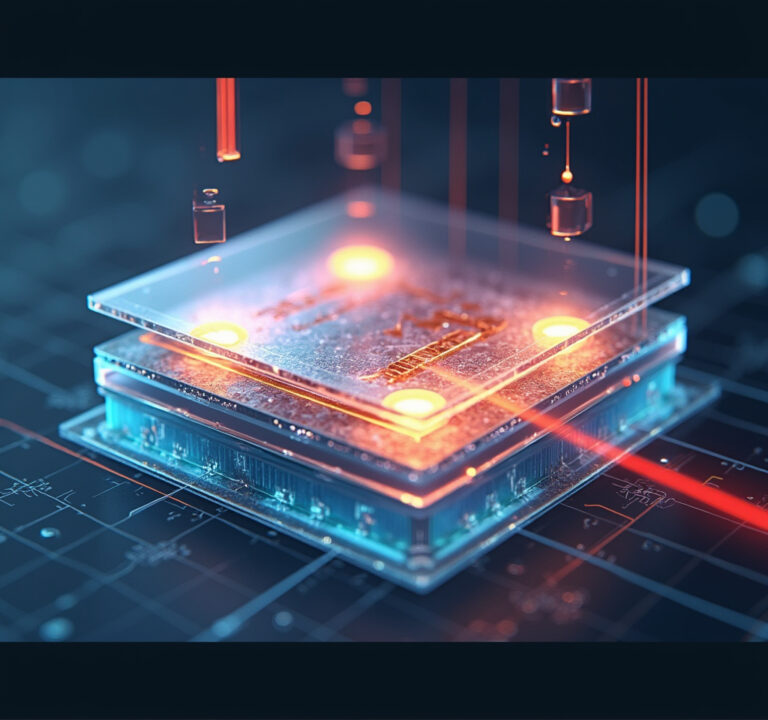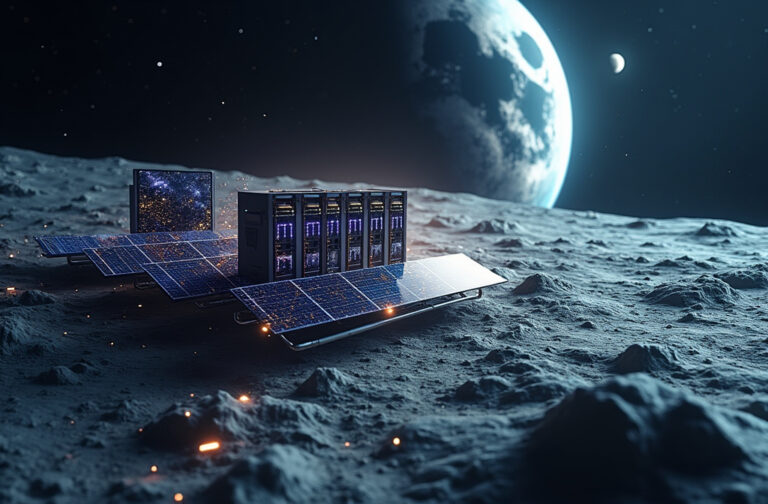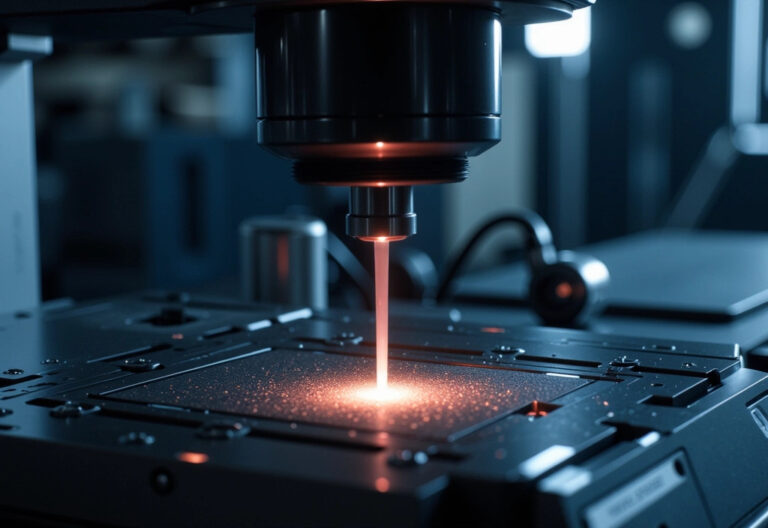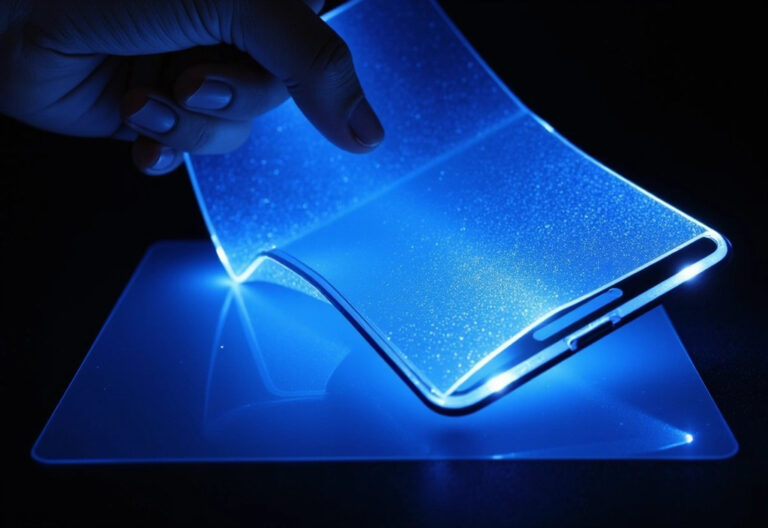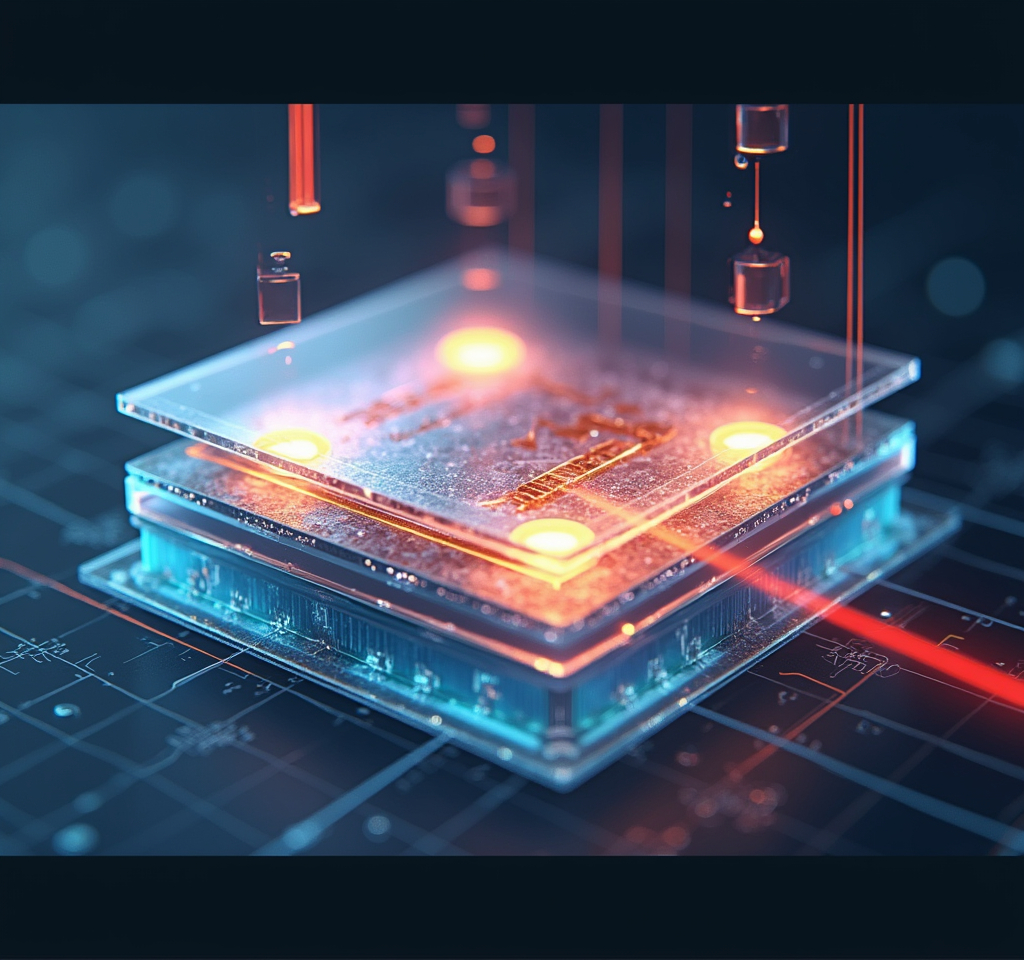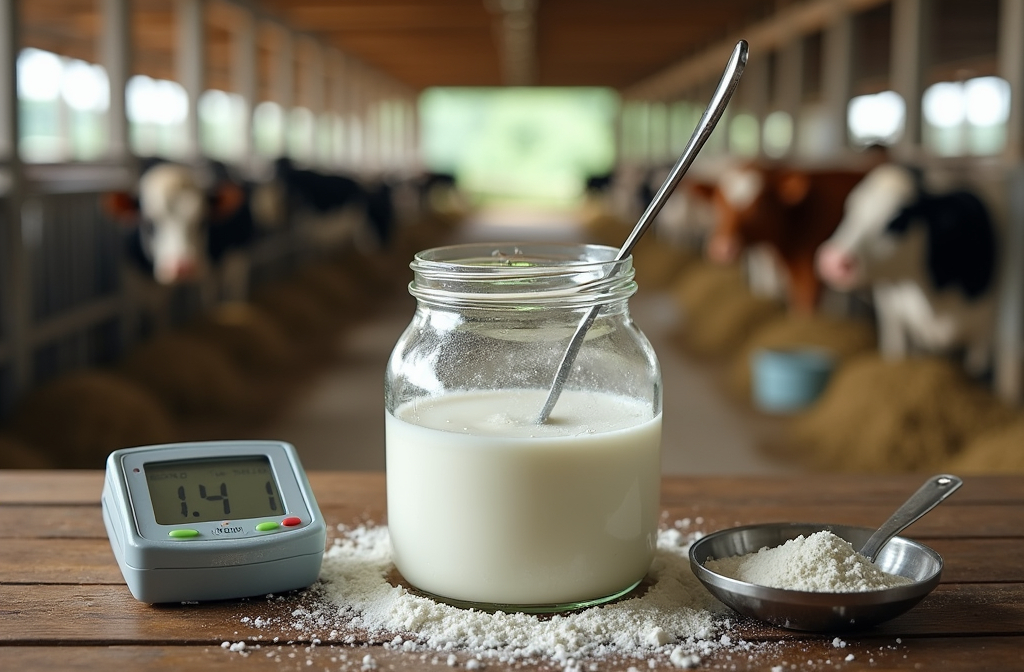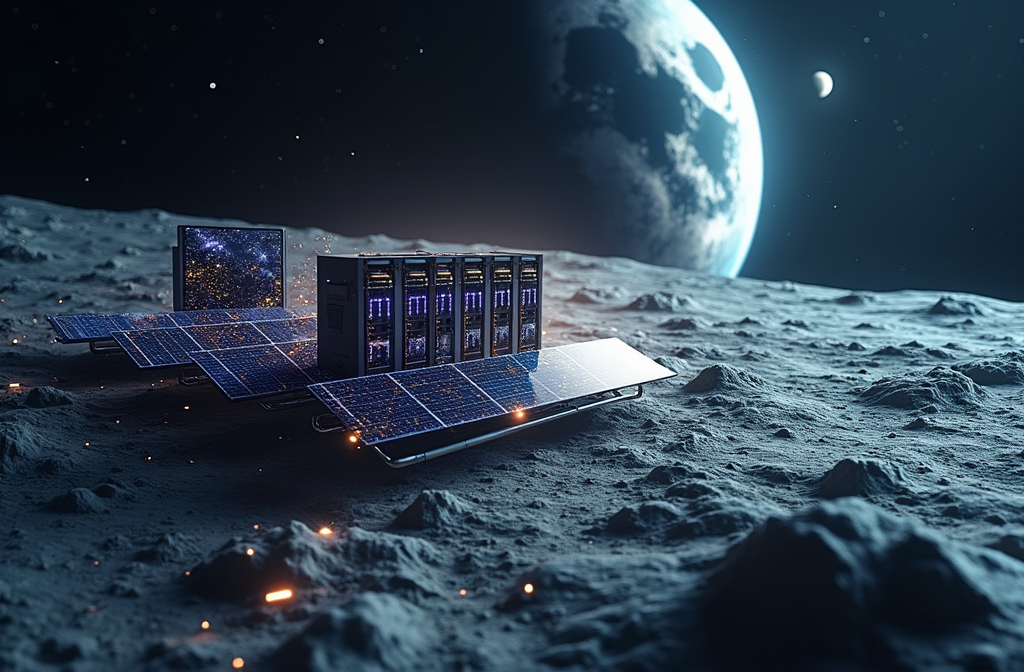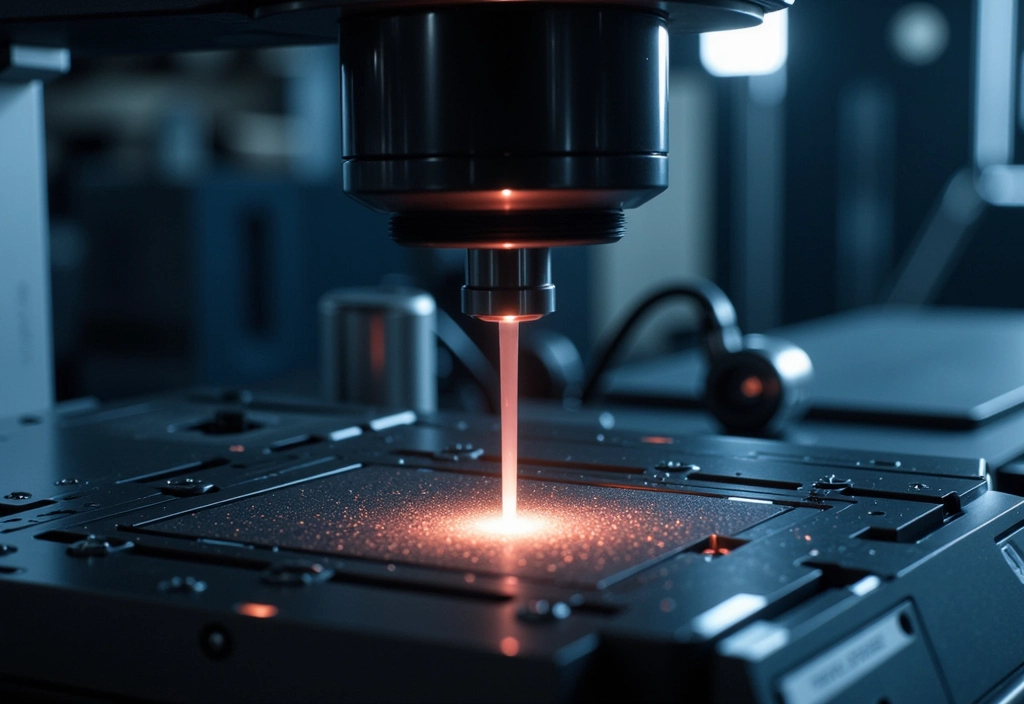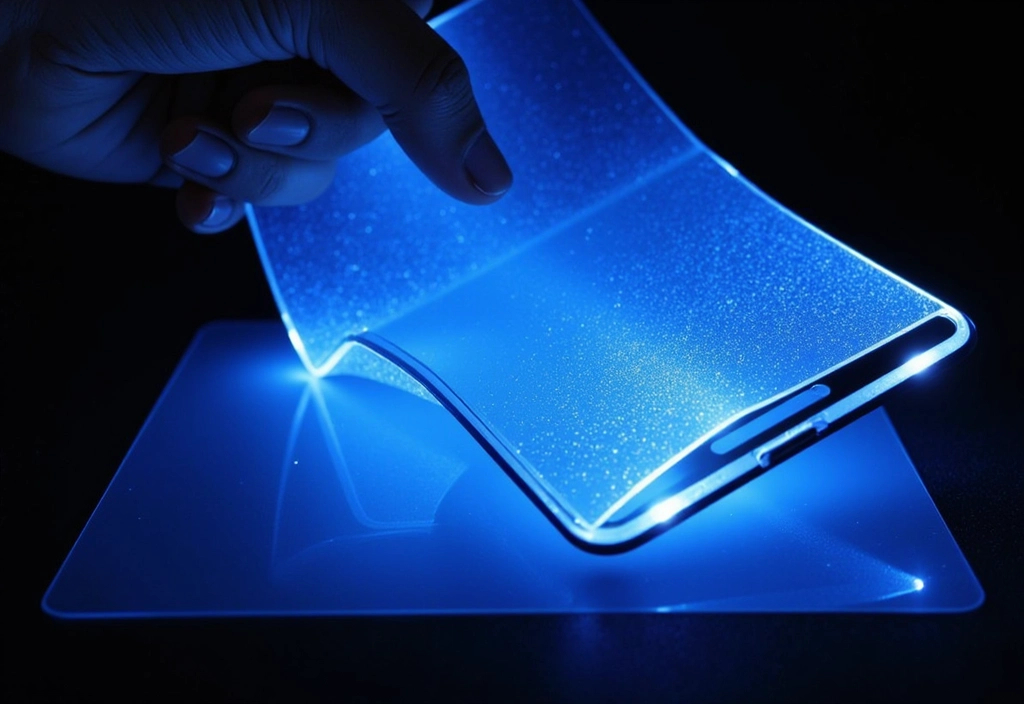Diabetes impacts over 500 million lives worldwide, demanding daily blood glucose monitoring to manage the condition effectively. While finger-pricking glucometers have been the standard for decades, the quest for a noninvasive, accurate, and convenient glucose monitoring solution has finally achieved a breakthrough. Scientists have developed a compact glucose sensor powered by quantum cascade lasers (QCLs), bringing hope for a painless future in diabetes management.
The Breakthrough in Noninvasive Glucose Monitoring
Traditional glucometers rely on invasive methods, requiring a blood sample to measure glucose levels. While effective, these methods can be inconvenient and uncomfortable for daily use. Enter the mid-infrared QCL-based glucose sensor, a cutting-edge device that utilizes light to measure glucose levels noninvasively.
This new sensor system meets the FDA’s stringent accuracy benchmark, which requires 95% of measurements to have an error margin below 15% when compared to standard glucometers. With this achievement, the new technology is poised to revolutionize how diabetes is monitored and managed.
How Does It Work?
The sensor operates using advanced quantum cascade lasers, emitting mid-infrared light that interacts with glucose molecules in the patient’s interstitial fluid. It incorporates a multiple attenuation total reflection (MATR) prism to gather data from the patient’s hypothenar (the fleshy part of the palm). Here are the key features of the two designs developed:
- Sensor-System #1:
- Converts laser pulse signals into traditional glucose spectra.
- Utilizes advanced data-mining and a pressure actuator to ensure accuracy.
- Sensor-System #2:
- Skips the spectra translation step by directly analyzing the raw laser pulse signals using machine learning techniques.
- Provides faster and more accurate readings without requiring a pressure actuator.
Both systems achieved accuracy rates exceeding 99.6% during trials with human subjects, surpassing the FDA benchmark.
Why This Matters for Diabetic Patients
The QCL-based sensor offers several advantages:
- Noninvasive Testing: No more painful finger pricks.
- Portability: Compact design suitable for on-the-go use.
- Speed: Results delivered in as little as 1 second, compared to 10 minutes for traditional FTIR spectrometers.
- Reliability: High accuracy confirmed through rigorous testing.
These features make it a game-changer for people managing diabetes, offering comfort and convenience without compromising precision.
The Science Behind the Accuracy
The technology employs a combination of spectral analysis and machine learning:
- Mid-Infrared Light: Targets specific glucose absorption wavelengths to reduce interference from other biological molecules.
- Multifractal Detrended Fluctuation Analysis (MFDFA): Extracts critical data points from raw signals to determine glucose levels.
- Support Vector Machine (SVM) Regression: Ensures robust data analysis for accurate glucose concentration predictions.
Looking Ahead
While this prototype is a significant step forward, further miniaturization and cost optimization are needed before it becomes a widely available consumer product. Researchers envision a future where QCL-based glucometers are as compact and accessible as a smartphone, enabling seamless integration into daily life.
Conclusion
The compact QCL-based glucose sensor represents a paradigm shift in diabetes care, offering a noninvasive, fast, and accurate solution for millions of people worldwide. As this technology progresses, it holds the potential to eliminate the pain and hassle of traditional glucose monitoring methods, empowering individuals to take control of their health effortlessly.
Article derived from: Song, L., Han, Z., Nie, H., & Lau, W.-M. (2025). Compact Quantum Cascade Laser-Based Noninvasive Glucose Sensor Upgraded with Direct Comb Data-Mining. Sensors, 25(2), 587. https://doi.org/10.3390/s25020587
Check out the cool NewsWade YouTube video about this article!

